Home>Interior Design>Decorating With Orange: How Best To Use This Vibrant Color
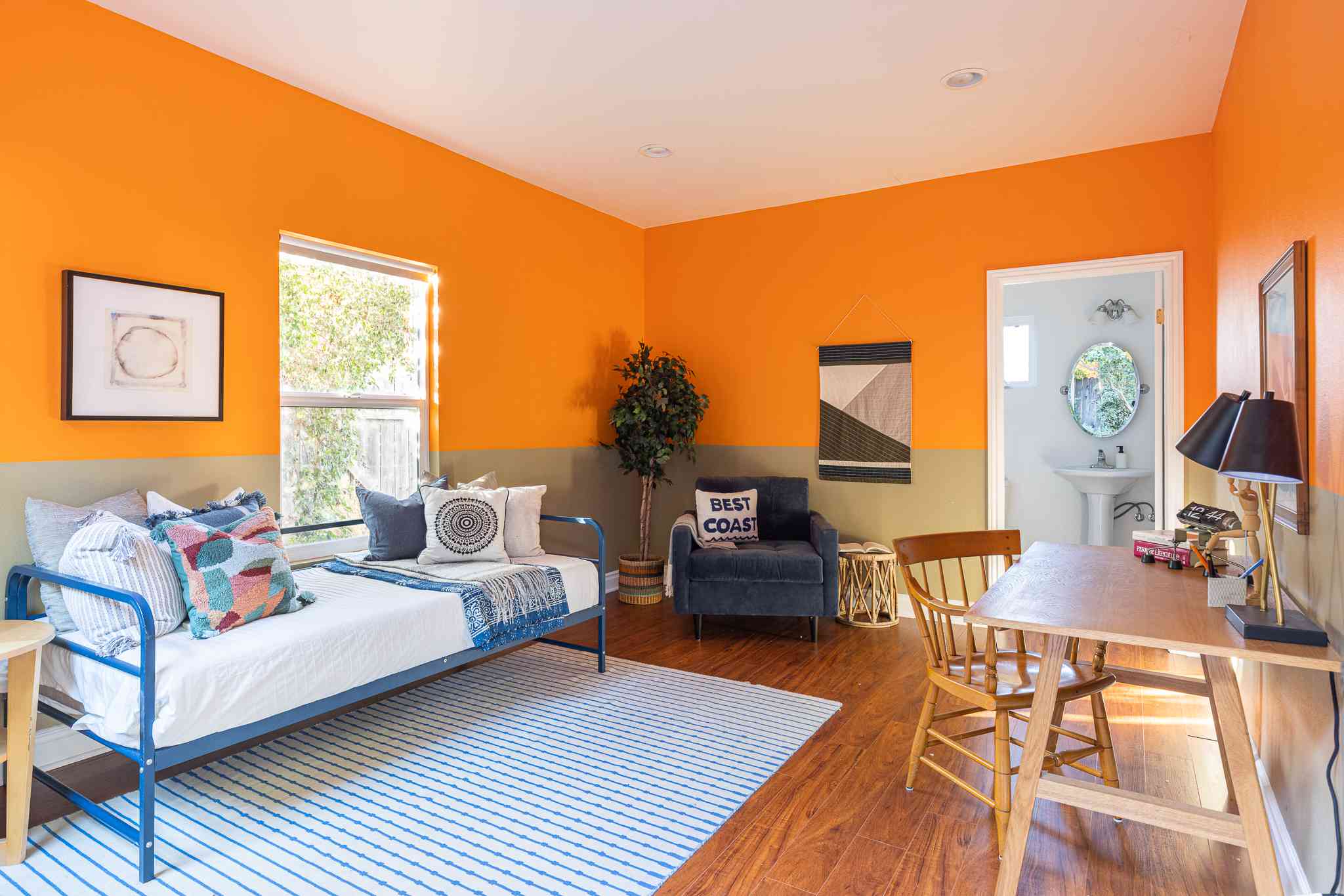

Interior Design
Decorating With Orange: How Best To Use This Vibrant Color
Modified: January 19, 2024
Discover how to incorporate the vibrant color of orange into your interior design. Learn tips and tricks for decorating with orange to create a bold and energetic space.
(Many of the links in this article redirect to a specific reviewed product. Your purchase of these products through affiliate links helps to generate commission for Storables.com, at no extra cost. Learn more)
Introduction
Welcome to the vibrant world of orange! This energetic and eye-catching color has the power to transform any interior space into a lively and exciting haven. Whether you’re looking to make a bold statement or add a pop of warmth, orange can be a versatile and dynamic choice for your home decor. In this article, we will explore the various ways in which you can use orange to enhance your interior design.
Orange is often associated with feelings of warmth, energy, and enthusiasm. It is a color that evokes emotions and creates a sense of excitement. By understanding the psychology behind color, we can harness the power of orange to create spaces that are vibrant, inviting, and visually appealing.
When it comes to incorporating orange into your interior design, there are a few different approaches you can take. One option is to use orange as an accent color, adding pops of brightness in strategic areas. Another option is to go all out and create a focal point with orange walls, making a bold statement that is sure to impress. You can also introduce orange through furniture pieces, accessories, and textiles, adding warmth and coziness to your space.
Throughout this article, we will guide you on how to effectively use orange in different rooms of the house, provide tips for pairing orange with complementary colors, and explore how orange can be incorporated into various design styles. We will also discuss how to use orange in small spaces, ensuring that you can make the most of this vibrant color no matter the size of your home.
So, if you’re ready to embark on a journey of creativity and inject some energy into your interior design, let’s dive into the world of decorating with orange!
Key Takeaways:
- Embrace the energetic and stimulating qualities of orange to add vibrancy and warmth to your space, whether through accent pieces, furniture, or textiles. Pairing orange with complementary colors can create a visually pleasing and harmonious atmosphere.
- In small spaces, opt for lighter shades of orange as accents to create openness and airiness. Utilize orange textiles and pair with neutrals to add a pop of vibrancy without overwhelming the room.
Read more: Home Decor What Colors Go With Orange
Understanding the Color Orange
Orange is a color that sits between red and yellow on the color spectrum, combining the warmth and vibrancy of red with the cheerfulness and energy of yellow. This unique combination gives orange its distinct and captivating appeal. It is a color that is often associated with enthusiasm, creativity, and optimism.
From a psychological perspective, orange is known to stimulate the senses and evoke feelings of excitement and enthusiasm. It is a color that can uplift moods and promote a sense of positivity. In interior design, orange can be used strategically to create spaces that feel vibrant, lively, and energizing.
When incorporating orange into your interior design, it’s important to consider the shade and intensity of the color. Bright and bold shades of orange can create a more energetic and attention-grabbing atmosphere, while softer and muted shades can bring a sense of warmth and coziness.
Orange can be a versatile color that works well as both a main color or an accent color in a room. It pairs beautifully with neutrals like white, gray, and beige, as well as with complementary colors like blue and green. The key is to find the right balance and harmony in your color palette to create a visually pleasing and cohesive space.
In addition to its aesthetic appeal, orange also has practical applications in interior design. It is known to enhance appetite, making it a popular choice for dining areas and kitchen spaces. Orange can also help promote creativity and focus, making it a great choice for home offices or creative spaces.
When using orange in your interior design, it’s important to also consider the size and layout of the space. In larger rooms, you can be more adventurous and incorporate bolder shades of orange, while in smaller spaces, you may want to use orange as an accent color to create visual interest without overwhelming the room.
Overall, understanding the color orange and its impact on our emotions and perception is key to effectively incorporating it into our interior design. By harnessing the power of orange, we can create spaces that are visually stimulating, energizing, and full of character.
Using Orange as an Accent Color
One of the simplest ways to incorporate the vibrant color of orange into your interior design is by using it as an accent color. By strategically placing pops of orange throughout a space, you can add visual interest and create a dynamic focal point.
There are numerous ways to incorporate orange as an accent color. One effective approach is through the use of accessories. By introducing orange accessories such as throw pillows, decorative vases, artwork, or even a statement rug, you can instantly add a burst of color to a room. These small touches of orange can help to brighten up neutral spaces and bring a sense of warmth and vibrancy.
Another way to utilize orange as an accent color is through lighting fixtures. Adding an orange-hued lampshade or pendant light can create a warm and inviting ambiance, enhancing the overall aesthetic of the room. It can also serve as a focal point, drawing attention to specific areas and adding a touch of uniqueness.
If you’re feeling bold, you can also consider incorporating orange through furniture pieces. An orange accent chair or a vibrant orange side table can become the standout piece in a room, injecting personality and adding a playful touch. However, it’s important to exercise caution when using orange furniture, as it can easily overpower the space if not balanced with other elements.
When using orange as an accent color, it’s crucial to maintain a balance with other colors in the room. Pairing orange with complementary colors like blue or green can create a visually striking and harmonious combination. Remember, the goal is to create a cohesive look, so be mindful of the overall color scheme and ensure that orange complements the existing elements in the space.
Lastly, consider the scale and distribution of the orange accents within the room. Whether you choose to have a few bold pops of orange or a series of smaller accents spread throughout, make sure they are placed strategically to create a sense of balance and visual flow.
Using orange as an accent color allows you to experiment with this vibrant hue without overwhelming the space. It offers flexibility and can be easily changed or updated as your tastes and preferences evolve over time. So, whether you choose to incorporate orange through accessories, lighting, or furniture, have fun exploring the possibilities and creating a space that is uniquely yours.
Creating a Bold Statement with Orange Walls
If you’re looking to make a strong impact and infuse your space with energy, consider embracing orange walls. Painting your walls in vibrant shades of orange can instantly transform a room and create a bold statement.
When choosing the right shade of orange for your walls, consider the overall mood and atmosphere you want to create. Bright and intense shades of orange, such as tangerine or sunset orange, can create a lively and energetic environment. On the other hand, softer and more muted shades of orange, like apricot or peach, can bring a sense of warmth and coziness to the space.
Orange walls work well in various rooms of the house, including living rooms, dining rooms, and even bedrooms. In a living room, orange walls can serve as a focal point, adding drama and vibrancy to the space. It can create a lively and welcoming environment for entertaining guests or simply relaxing with your loved ones.
In dining rooms, orange walls can enhance the appetite and create an inviting atmosphere for meals. The warm and stimulating nature of orange can make dining experiences feel more enjoyable and memorable.
In a bedroom, orange walls can create a cozy and intimate ambiance. Muted shades of orange can help promote relaxation and tranquility, making it an ideal choice for creating a soothing environment for sleep.
When incorporating orange walls, it’s important to balance the color with other elements in the room. Neutral-colored furniture and decor can help tone down the intensity of the orange and create a harmonious visual balance. Additionally, consider the natural lighting in the room as it can affect the appearance of the orange hue. Rooms with ample natural light may allow for bolder shades of orange, while dimly lit spaces may call for softer shades.
Remember, creating a bold statement with orange walls doesn’t mean you have to go all in. If the idea of painting all your walls orange feels overwhelming, you can opt for an accent wall instead. This way, you can still incorporate the vibrant color without overpowering the entire space. Choose a focal wall, such as the one behind a sofa or bed, and paint it in your chosen shade of orange for maximum impact.
Whether you choose to paint all your walls orange or opt for an accent wall, using this vibrant color will undoubtedly add character and personality to your space. Embrace the boldness of orange and create a statement that truly reflects your style and exudes energy.
Incorporating Orange through Furniture and Accessories
When it comes to incorporating orange into your interior design, furniture and accessories can play a key role in adding pops of color and creating a vibrant atmosphere. By strategically using orange pieces, you can infuse your space with personality and warmth.
One option for incorporating orange is through furniture. An orange sofa, for example, can serve as a statement piece in your living room, instantly drawing attention and adding a lively touch. Pair it with neutral-colored walls and other furniture to create a balanced and visually appealing look. Additionally, chairs, ottomans, or even side tables in shades of orange can bring a playful and energetic vibe to any room.
Accessories are another great way to incorporate orange into your interior design. Consider adding orange throw pillows to your sofa or bed for a pop of color and a touch of coziness. You can also incorporate orange through curtains, rugs, or even window treatments. These small touches can instantly transform a space and create visual interest.
Artwork and decorative pieces are perfect for injecting orange into your design. Hang artwork with orange accents or opt for decorative items such as vases, lamps, or sculptures in vibrant orange shades. These pieces can serve as focal points and add a sense of liveliness and creativity to your space.
A creative way to incorporate orange is by using it in unexpected places. For example, consider painting the back of a bookshelf or the inside of a cabinet in orange. This adds a playful element and makes a unique statement when the doors are opened or items are displayed.
When using orange furniture and accessories, it’s important to strike a balance and create harmony with the rest of the room’s color scheme. Pairing orange with neutral colors like whites, grays, or browns can provide a clean and modern look. For a more vibrant and energetic ambiance, complement orange with complementary colors like blue or green.
Remember, moderation is key when incorporating orange into your design. Too much orange can overwhelm the space and create visual chaos. Use orange accents strategically to create focal points and add pops of color that complement the overall aesthetic.
Incorporating orange through furniture and accessories allows you to introduce this vibrant color into your space without making long-term commitments. It gives you the flexibility to experiment and change things up as you see fit. So, embrace the power of orange and let your furniture and accessories do the talking!
Read more: How To Mix Purple And Orange In Home Decor
Adding Warmth and Coziness with Orange Textiles
If you’re looking to create a warm and cozy atmosphere in your home, incorporating orange textiles can be the perfect solution. From curtains and rugs to blankets and pillows, orange textiles can add a touch of vibrancy and comfort to any space.
One of the simplest ways to introduce orange textiles is through curtains or drapes. Opting for a rich orange hue can instantly warm up a room and add a sense of coziness. The natural light passing through orange curtains creates a beautiful, warm glow, transforming the ambiance of the space. If you prefer a more subtle approach, consider selecting curtains with orange accents or patterns that incorporate this vibrant color.
Rugs are another excellent way to incorporate orange textiles into your home. A bold orange rug can provide a vibrant foundation for the room, anchoring the space and adding warmth to the floor. Alternatively, you could choose a rug with orange accents or patterns to infuse subtle hints of the color into the room. Whether you opt for a solid orange rug or a more patterned design, a touch of orange underfoot can create a cozy and inviting feel.
Adding orange-colored pillows to your sofas, chairs, or beds can instantly bring warmth and coziness to the space. Whether you choose solid orange or opt for patterns with orange accents, incorporating these textiles can transform a plain piece of furniture into a vibrant focal point. Mix and match different textures and shades of orange to create visual interest and playfulness in the room. Additionally, incorporating a decorative orange blanket can add extra warmth and comfort, making the space feel inviting and snug.
In the kitchen or dining area, orange textiles can enhance the atmosphere and create a cozy setting for meals and gatherings. Consider using orange table linens, such as placemats or table runners, to add a pop of color and create an inviting space for family and friends. Orange dish towels or oven mitts can also be used to continue the theme and add a cheerful touch to the cooking area.
When incorporating orange textiles, it’s important to consider the overall color scheme and balance in the room. If you have neutral-colored furniture and walls, adding bold orange textiles can create a visually striking contrast. Alternatively, if you have a more vibrant color palette, consider using softer shades of orange to complement the existing colors in the room. The goal is to create a harmonious balance and ensure that the orange textiles enhance the overall aesthetic rather than overpowering it.
By adding orange textiles to your home, you can create a warm and cozy atmosphere that invites comfort and relaxation. Whether it’s through curtains, rugs, pillows, or blankets, the addition of orange textiles will bring a touch of vibrancy and personality to your space.
When decorating with orange, use it as an accent color to add warmth and energy to a space. Incorporate it through throw pillows, artwork, or small decor items for a pop of vibrancy without overwhelming the room.
Using Orange in Different Rooms of the House
Orange is a versatile color that can be used in various rooms of the house to create different moods and atmospheres. Let’s explore how orange can be incorporated into different spaces to add vibrancy and personality.
In the living room, orange can create a warm and inviting ambiance. Consider using orange accents such as throw pillows, rugs, or curtains to add pops of color and create a lively focal point. An orange sofa or armchair can also make a bold statement, infusing the room with energy and creativity. Pairing orange with neutral colors like beige or gray can create a balanced and visually appealing look.
In the dining room, orange can enhance the appetite and create an inviting atmosphere. Consider using orange table linens, such as tablecloths or placemats, to add a pop of color to the dining table. You can also incorporate orange through decorative items like vases or candleholders to create a cohesive and visually pleasing look.
Orange can be particularly impactful in the kitchen, where it can add a bright and cheerful vibe. Consider using orange as an accent color for kitchen accessories like toasters, tea kettles, or utensils. Orange can also be incorporated into the backsplash or the kitchen island to create visual interest and make a colorful statement.
In the bedroom, orange can create a cozy and intimate ambiance. Consider using orange textiles, such as bedspreads or curtains, to add a touch of warmth and vibrancy. Soft shades of orange can promote relaxation and create a soothing environment for sleep. Additionally, orange artwork or decorative accents can add a playful and energetic touch to the bedroom.
In the home office or study, orange can promote creativity and focus. Consider painting an accent wall in shades of orange or incorporating orange furniture pieces to create a stimulating and energizing workspace. Orange desk accessories or artwork can also add a pop of color and inject vibrancy into the office environment.
The bathroom is another room where orange can be used to create a fresh and invigorating atmosphere. Consider using orange accents in the form of towels, bath mats, or shower curtains to add a touch of vibrancy and warmth to the space. Bright shades of orange can create a spa-like ambiance and energize your morning routine.
When using orange in different rooms of the house, it’s important to consider the overall color palette and balance in each space. By pairing orange with complementary colors or using it as an accent, you can create a cohesive and visually pleasing look that reflects your personal style.
By incorporating orange in different rooms of the house, you can infuse your space with energy, warmth, and creativity. Whether it’s through accents, textiles, or furniture, the use of orange will bring a vibrant and lively atmosphere to every corner of your home.
Pairing Orange with Complementary Colors
When it comes to incorporating orange into your interior design, understanding how to pair it with complementary colors is key. By combining orange with the right colors, you can create a visually pleasing and harmonious color scheme that enhances the overall aesthetics of your space.
One classic combination is orange with blue. These two colors are opposites on the color wheel, creating a vibrant and striking contrast. Light shades of blue, like turquoise or sky blue, work well with bold shades of orange, creating a fresh and energetic atmosphere. On the other hand, navy blue or deep indigo can create a sophisticated and timeless look when combined with softer shades of orange.
Green is another color that complements orange beautifully. The combination of orange and green evokes a sense of nature and vitality. Light and airy shades of green, like mint or lime, can create a refreshing and rejuvenating ambiance when paired with vibrant oranges. Alternatively, deeper shades of green, such as emerald or olive, can create a rich and earthy feel when combined with warm shades of orange.
If you’re looking for a more subdued and sophisticated look, pairing orange with neutral colors can be a great option. Shades of gray, beige, or taupe can bring a sense of balance and calmness to a space while allowing the orange to stand out as a focal point. Consider incorporating neutral-colored furniture and decor with pops of orange accents to create a modern and elegant look.
For a festive and lively atmosphere, pairing orange with yellow can create a vibrant and joyful look. The combination of these warm and energetic colors can bring a sense of sunshine and happiness to a room. Consider using varying shades of orange and yellow to create depth and visual interest in your design scheme.
When pairing orange with complementary colors, it’s important to consider the intensity and saturation of the colors. You can choose either complementary colors with similar intensity to create a bold and vibrant look, or opt for more muted shades for a softer and more harmonious feel. Experiment with different combinations and consider the mood and atmosphere you want to create in your space.
Remember, the goal of pairing orange with complementary colors is to create a visually pleasing balance. Pay attention to the proportions of each color and ensure that they work together harmoniously. Play around with different color combinations, whether it’s using paint, furniture, textiles, or accessories, until you find the perfect balance that reflects your personal style and enhances the overall aesthetic of your space.
By effectively pairing orange with complementary colors, you can create a visually striking and harmonious color scheme that will add a vibrant and dynamic touch to your interior design.
Using Orange in Different Design Styles
Orange is a versatile color that can be incorporated into various design styles, adding a pop of vibrancy and personality to your space. Let’s explore how you can incorporate orange into different design styles and create a look that reflects your personal taste.
In a modern design style, orange can be used to create a bold and energetic atmosphere. Opt for clean lines and minimalist furniture in neutral shades, and incorporate orange through accent pieces such as throw pillows, artwork, or a statement rug. The contrasting combination of sleek, modern elements with vibrant orange accents can create a visually striking and contemporary feel.
In a traditional design style, orange can add warmth and create a welcoming ambiance. Consider using shades of orange in the upholstery of classic furniture pieces like armchairs or sofas. Pair it with rich woods and traditional patterns for a cozy and timeless look. You can also incorporate orange through curtains, rugs, or decorative accessories to infuse a touch of modernity into the traditional design scheme.
In a bohemian or eclectic design style, orange can be used to create a vibrant and eclectic look. Embrace bold orange hues throughout the space, incorporating textured orange textiles, patterned pillows, and colorful artwork. Balancing bold oranges with other vibrant colors and incorporating unique, quirky pieces can create a bohemian-inspired space that exudes creativity and personality.
In a coastal or beach-inspired design style, orange can add a vibrant and playful touch. Opt for softer shades of orange like coral or peach, reminiscent of a warm sunset. Incorporate orange through accessories like throw blankets, decorative accents, or even beach-inspired artwork. Pair it with light and airy, neutral-colored furniture and natural materials like rattan or light-colored woods to create a relaxing and beachy vibe.
In a Scandinavian design style, orange can bring a burst of energy and brightness. Stick to the minimalist and clean lines of Scandinavian furniture and opt for lighter shades of orange. Use orange as an accent color through textiles like pillows or blankets, or incorporate it through small accessories like vases or candles. The combination of light and airy Scandinavian design elements with the warmth of orange can create a cozy and inviting atmosphere.
When incorporating orange into different design styles, it’s important to strike a balance and ensure that it complements the overall aesthetic of the space. Consider the color palette, furniture styles, and overall design principles of the chosen style and find ways to infuse orange while maintaining the integrity of the design.
By using orange in different design styles, you can add a vibrant and lively touch to your space, while still maintaining the unique characteristics and ambiance of your preferred design style.
Tips for Using Orange in Small Spaces
Using orange in small spaces can be a great way to make a bold design statement and add vibrancy to your home. However, it’s important to be mindful of how to effectively incorporate this energetic color to ensure that it doesn’t overwhelm the space. Here are some tips for using orange in small spaces:
1. Opt for lighter shades: When working with a small space, consider using lighter shades of orange. Lighter tones like peach, apricot, or pastel orange can create a sense of openness and airiness, making the space appear larger and brighter.
2. Use orange as an accent: Instead of painting all the walls in orange, consider using it as an accent color. Choose a focal point in the room and paint it in a vibrant shade of orange, or incorporate pops of orange through furniture, artwork, or accessories. This will create visual interest without overwhelming the entire space.
3. Incorporate orange through textiles: Using orange textiles, such as curtains, throw pillows, or rugs, can be an effective way to introduce the color into a small space. Textiles are easily changeable, allowing you to experiment with different shades and patterns to find the right balance in the room.
4. Maximize natural light: Natural light can make a small space feel more open and airy. In a room with orange accents or walls, make sure to maximize the amount of natural light coming in. Use sheer curtains or blinds that allow light to pass through, and avoid heavy window treatments that may obstruct light and make the space feel smaller.
5. Pair orange with neutral colors: To create a balanced and harmonious look, pair orange with neutral colors like white, beige, or light gray. This will prevent the space from feeling too overwhelming and create a visually pleasing contrast. Use neutral-colored furniture and decor as a foundation and incorporate pops of orange through accents and accessories.
6. Create visual depth: In a small space, create visual depth by incorporating different shades of orange or incorporating patterns. This will add visual interest and make the space feel larger. For example, mix and match solid orange pillows with patterned ones or combine different tones of orange in artwork or textiles.
7. Declutter and organize: Keep the space clutter-free and well-organized to maintain a sense of openness. Clearing out unnecessary items and using storage solutions can help make a small space feel more inviting and less cramped.
Remember, the key to using orange in small spaces is to strike a balance and create a visually pleasing environment. By incorporating lighter shades, utilizing orange as an accent, and pairing it with neutrals, you can create a lively and energetic space that feels open and inviting.
Conclusion
Incorporating orange into your interior design can breathe life, vibrancy, and warmth into your space. Whether you choose to use it as an accent color, paint your walls in bold orange hues, or incorporate orange through furniture and accessories, the possibilities are endless. By understanding the color psychology of orange and its complementary pairings, you can create a visually pleasing and harmonious color scheme that reflects your personal style and enhances the atmosphere of each room.
Orange, with its energetic and stimulating qualities, can create a sense of excitement and enthusiasm in any space. It can serve as a focal point or an accent, adding personality and playfulness to your design. From modern to traditional, coastal to bohemian, orange can be incorporated into various design styles, allowing you to express your creativity and create a space that truly feels like home.
When using orange, it’s important to consider the size of the space and the balance of colors. In smaller spaces, opt for lighter shades of orange to create a sense of openness, or use orange as an accent color to add a pop of vibrancy without overwhelming the room. Pair orange with complementary colors like blue, green, or neutrals to create a visually appealing and harmonious look.
Remember to use orange strategically and in moderation. Whether it’s through textiles, furniture, or accessories, orange can add warmth, coziness, and a touch of excitement to your space. Experiment with different shades, patterns, and placements to find the right balance that suits your style and preferences.
Incorporating orange into your interior design is not only visually appealing but also an expression of your personality and style. So, embrace the power of orange, take risks, and create a space that is vibrant, inviting, and full of life.
Frequently Asked Questions about Decorating With Orange: How Best To Use This Vibrant Color
Was this page helpful?
At Storables.com, we guarantee accurate and reliable information. Our content, validated by Expert Board Contributors, is crafted following stringent Editorial Policies. We're committed to providing you with well-researched, expert-backed insights for all your informational needs.
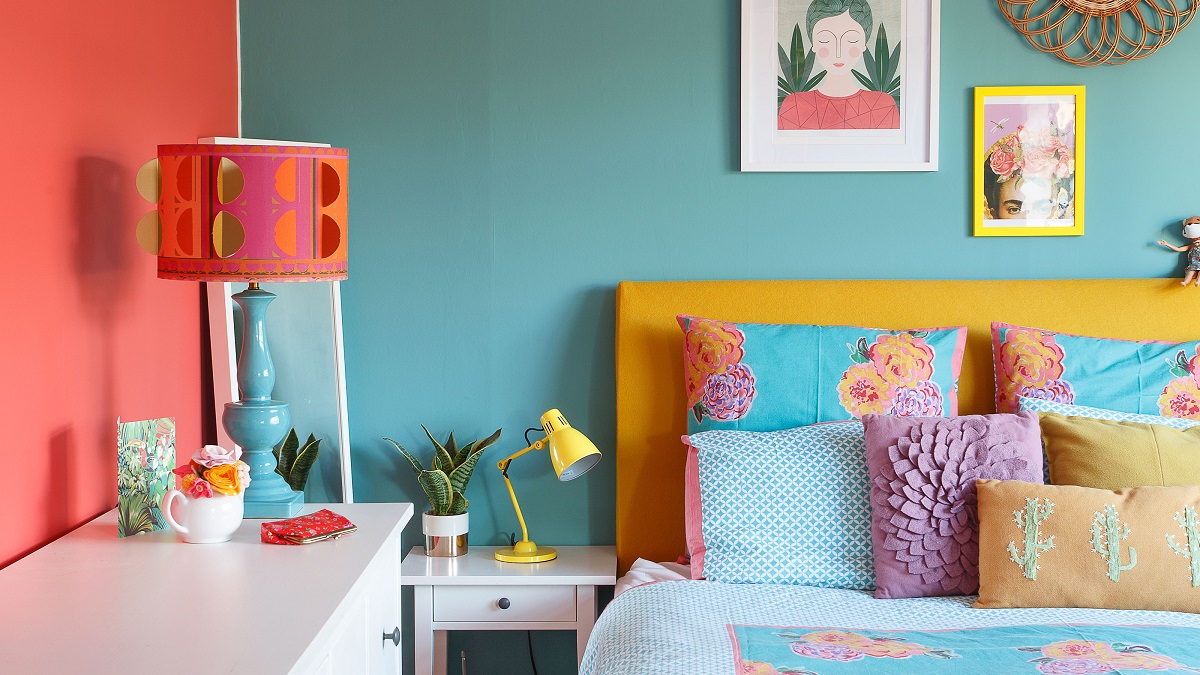
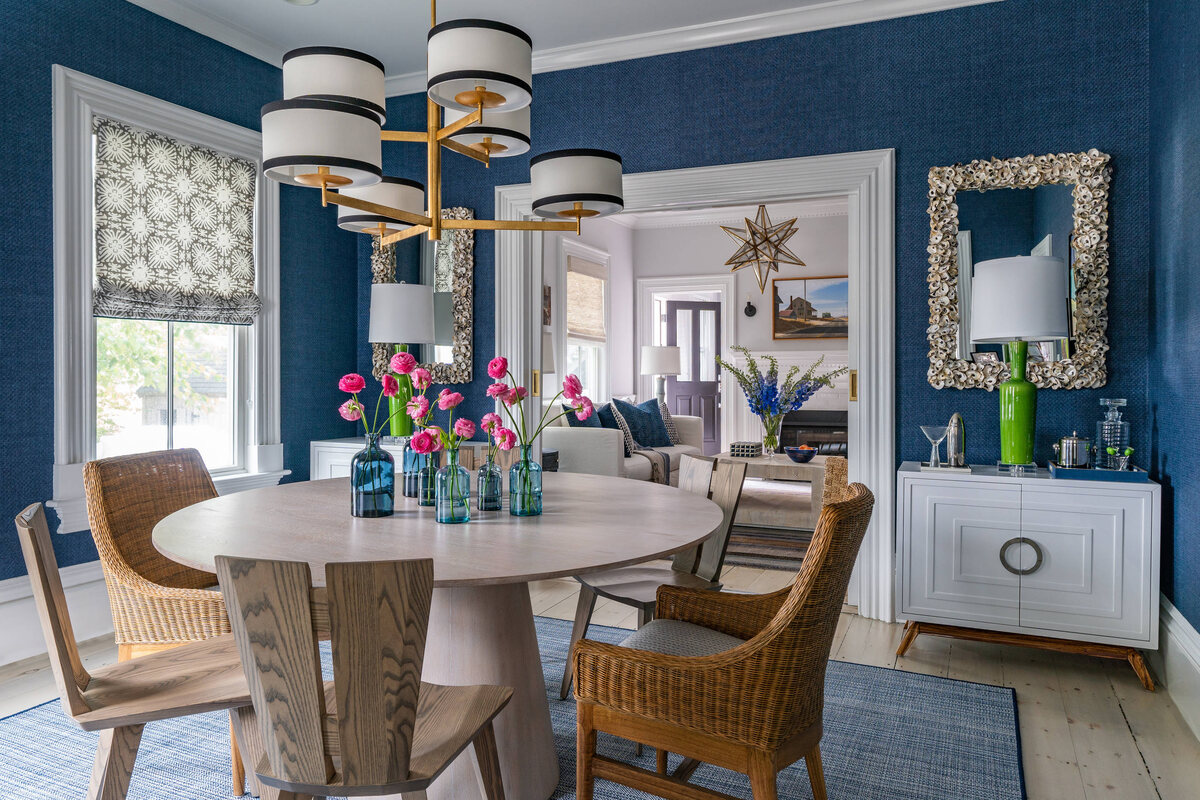
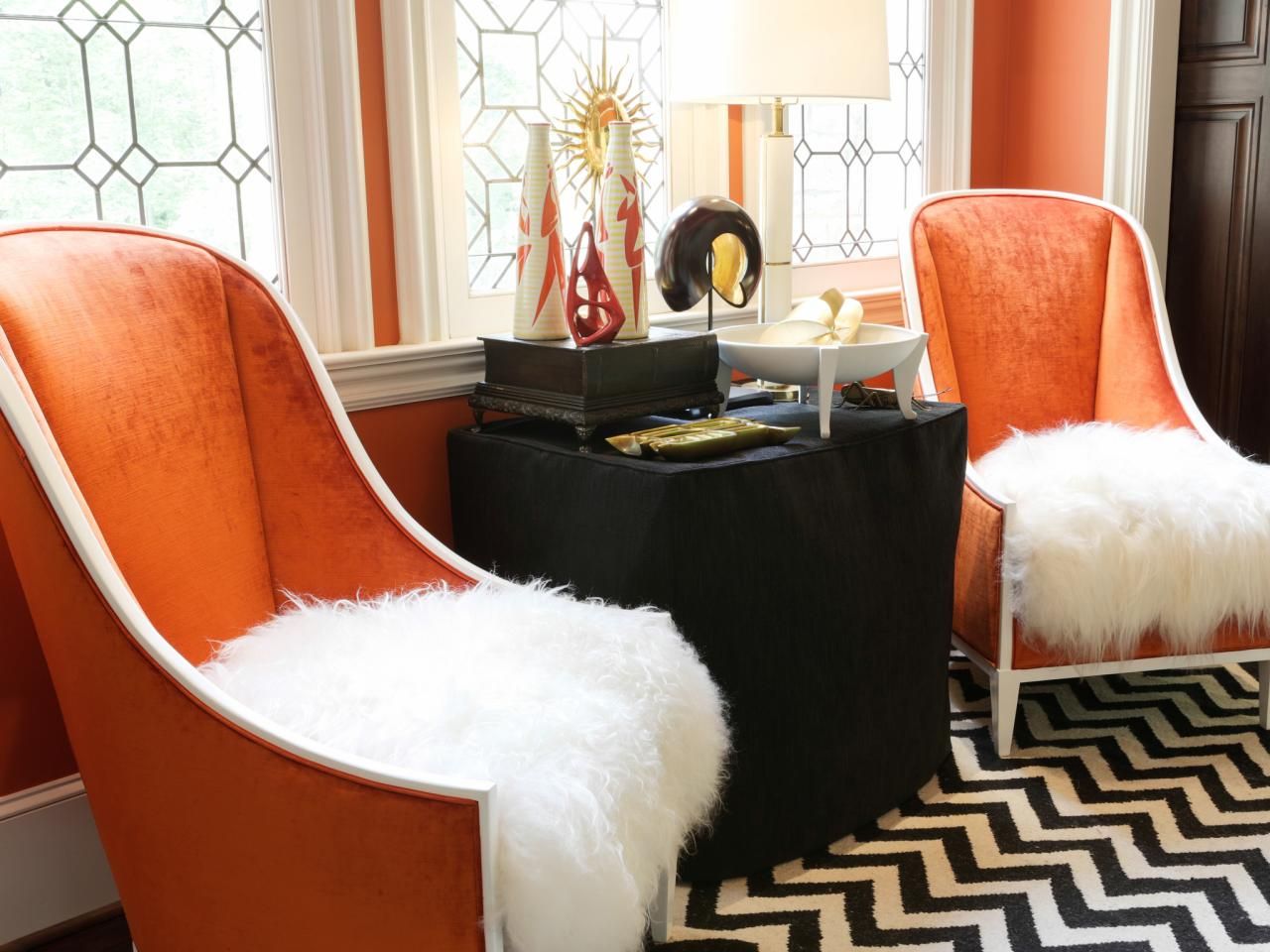

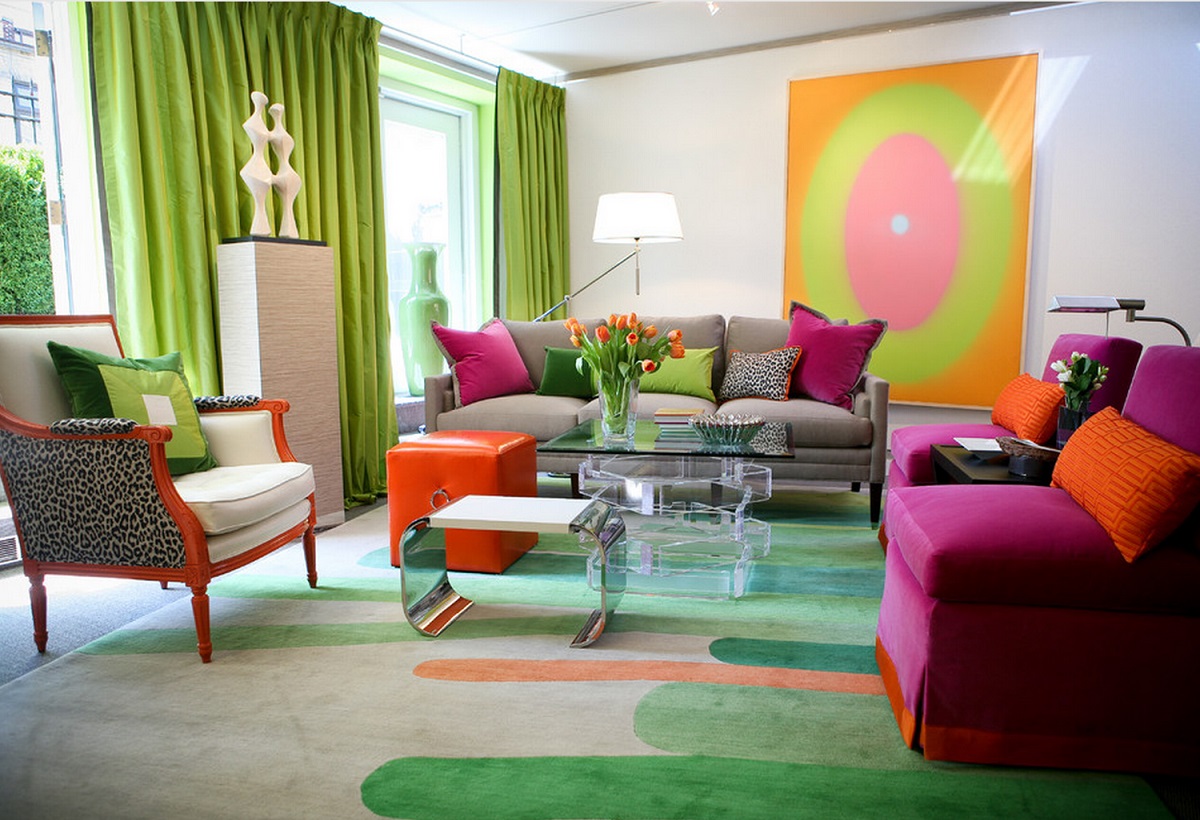
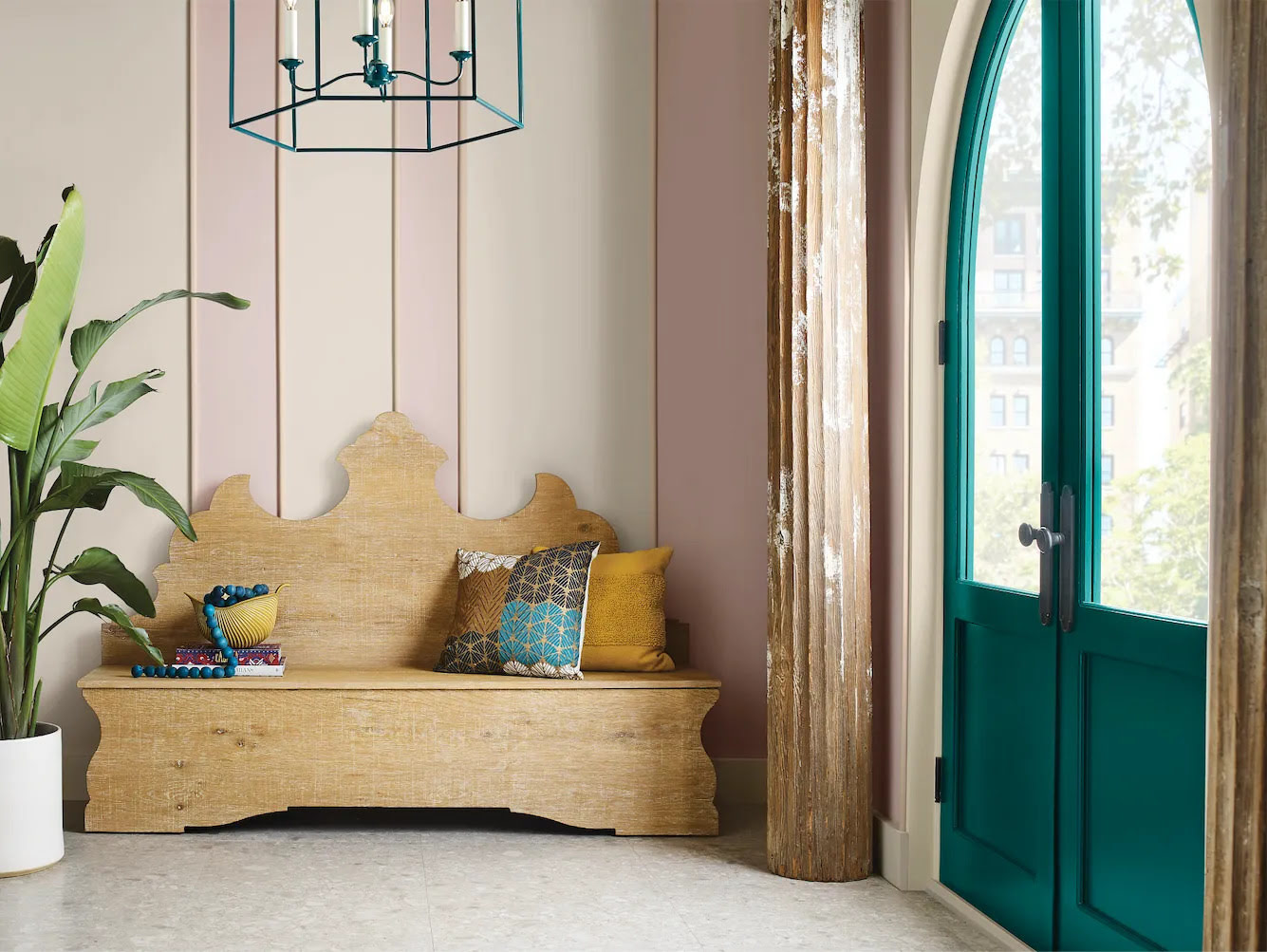
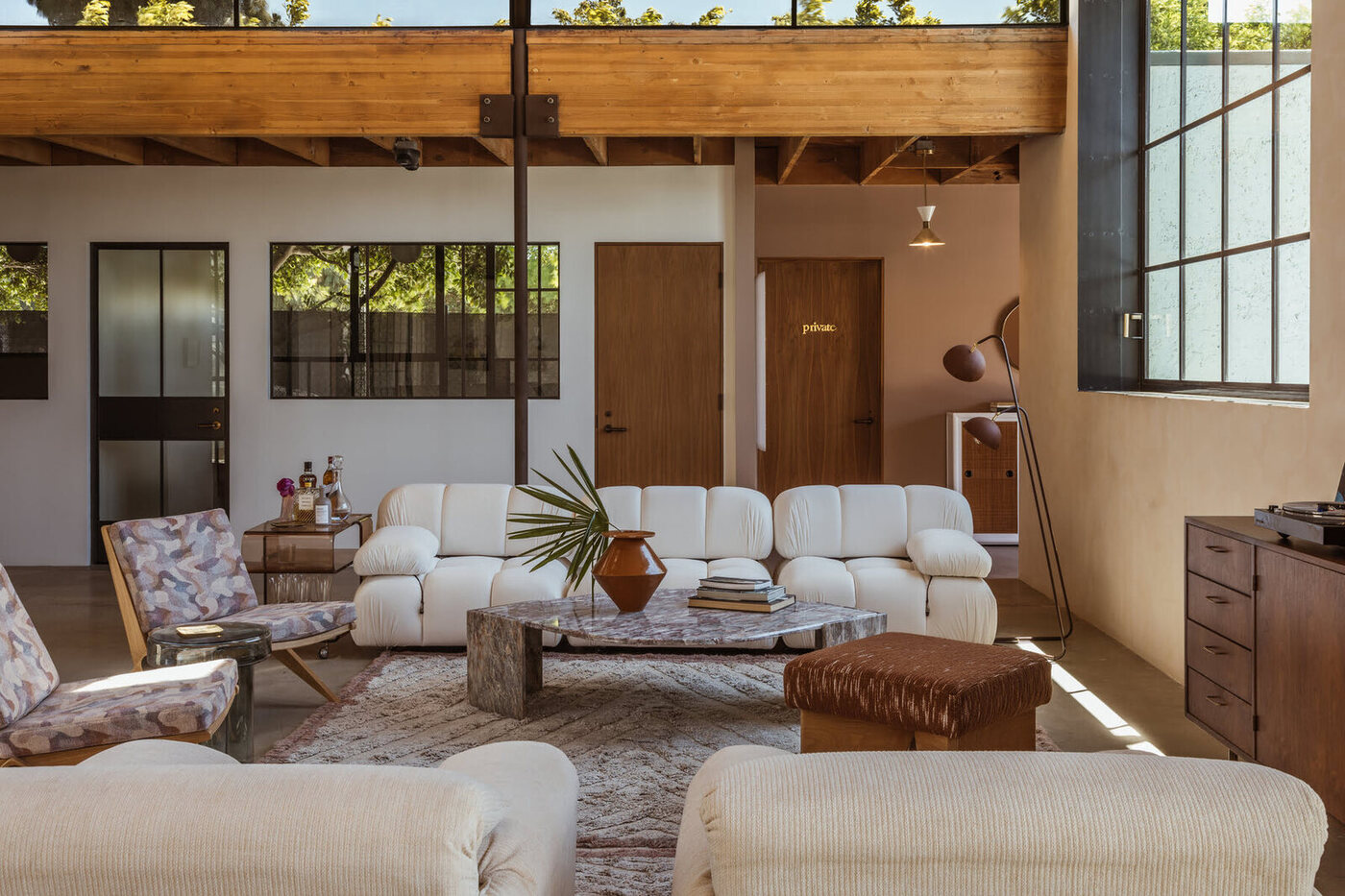
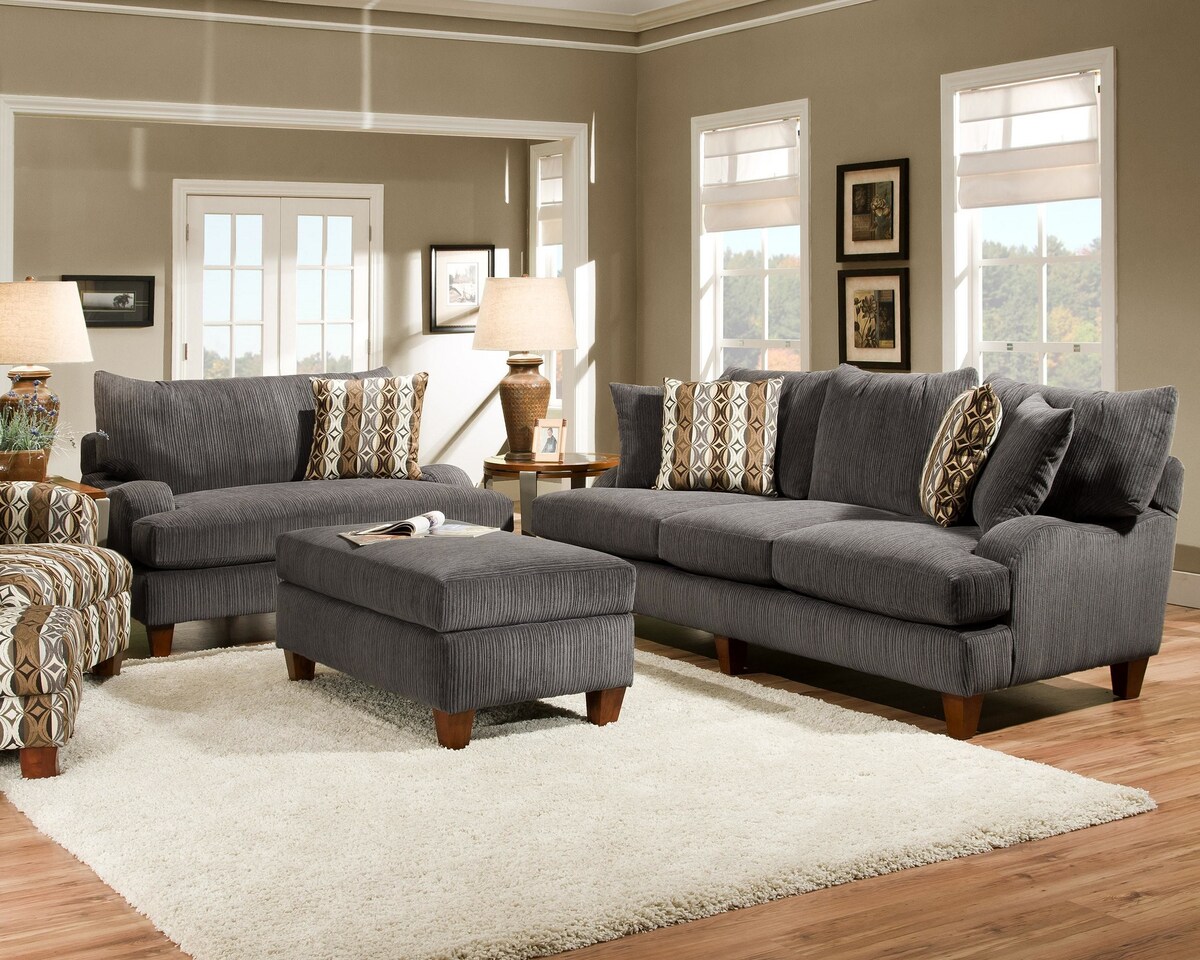
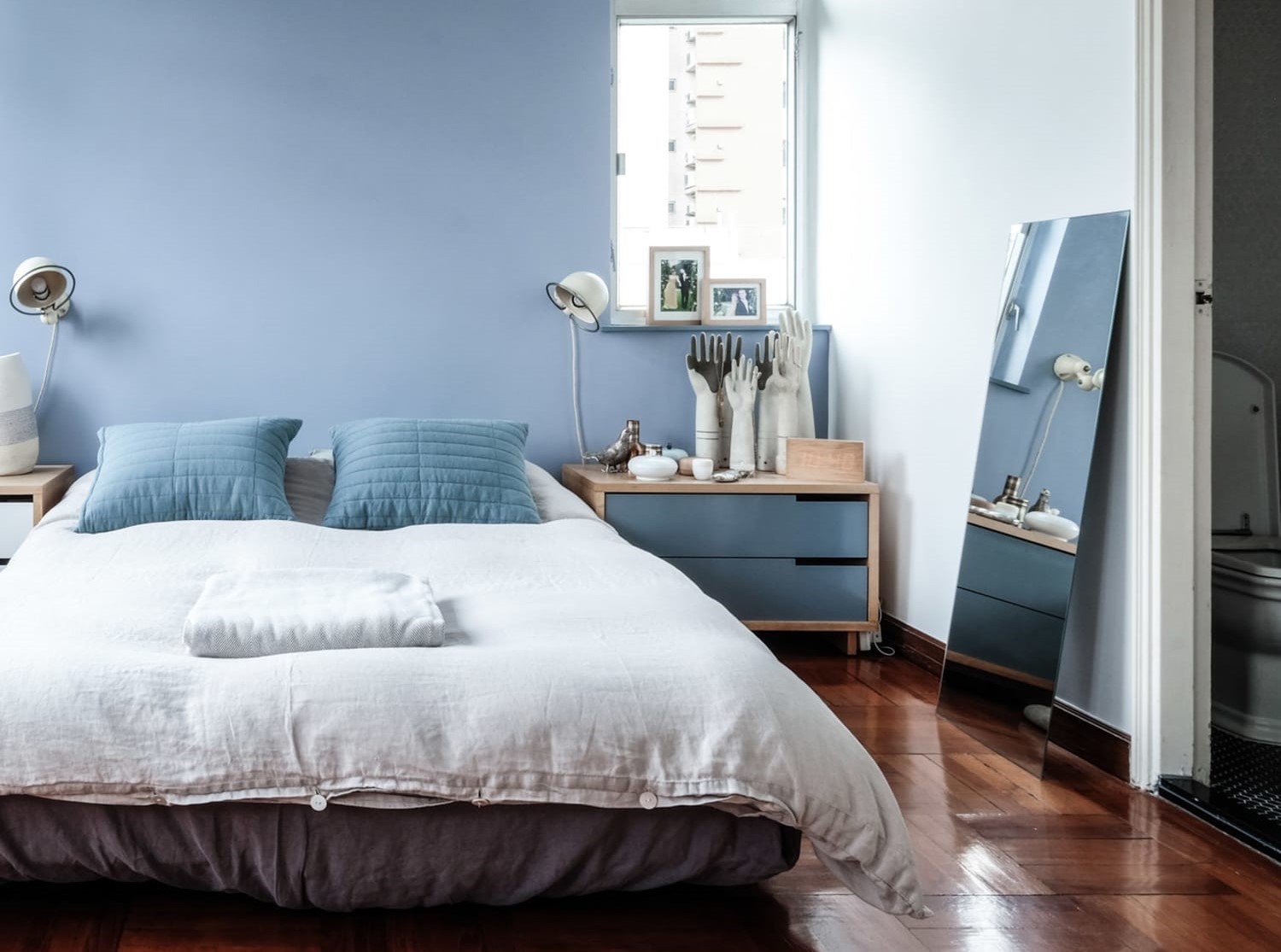

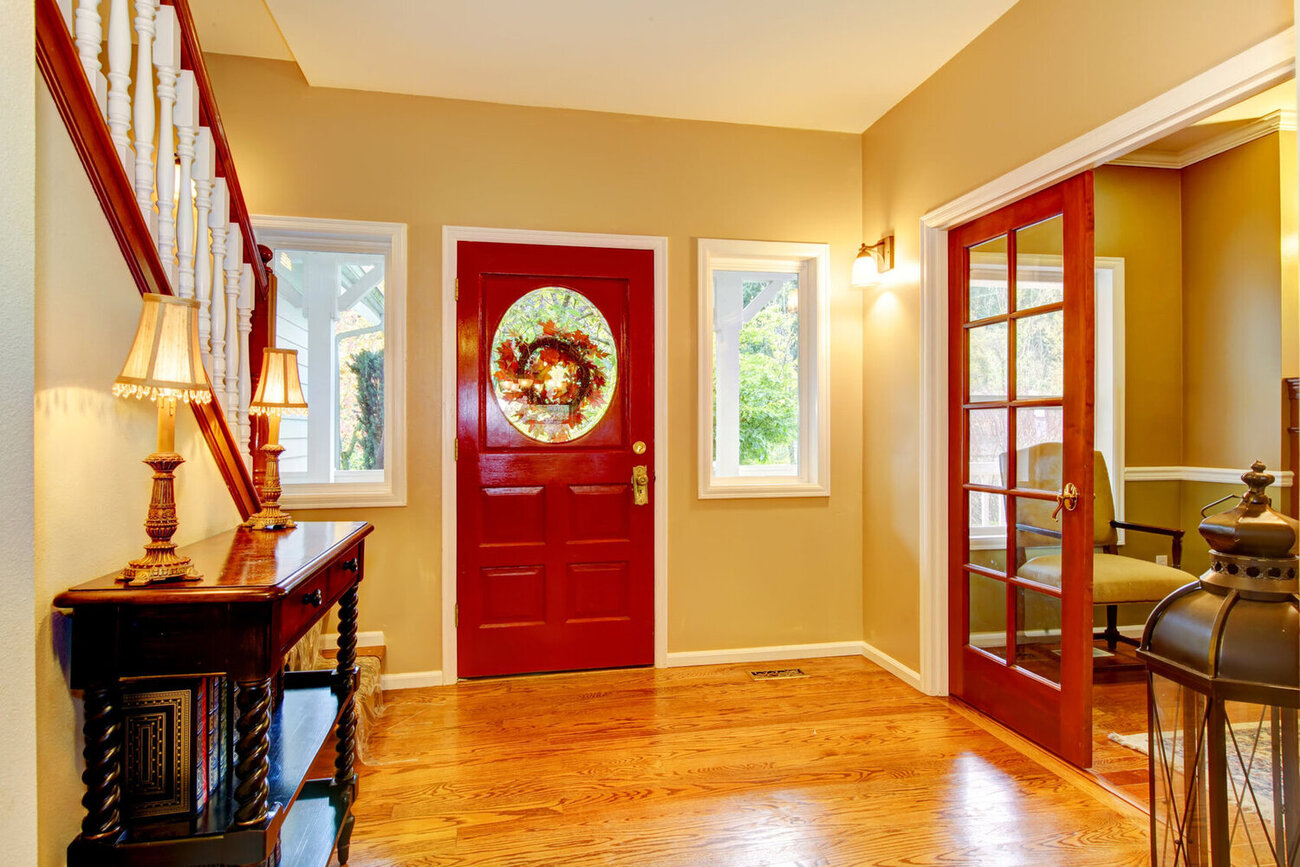
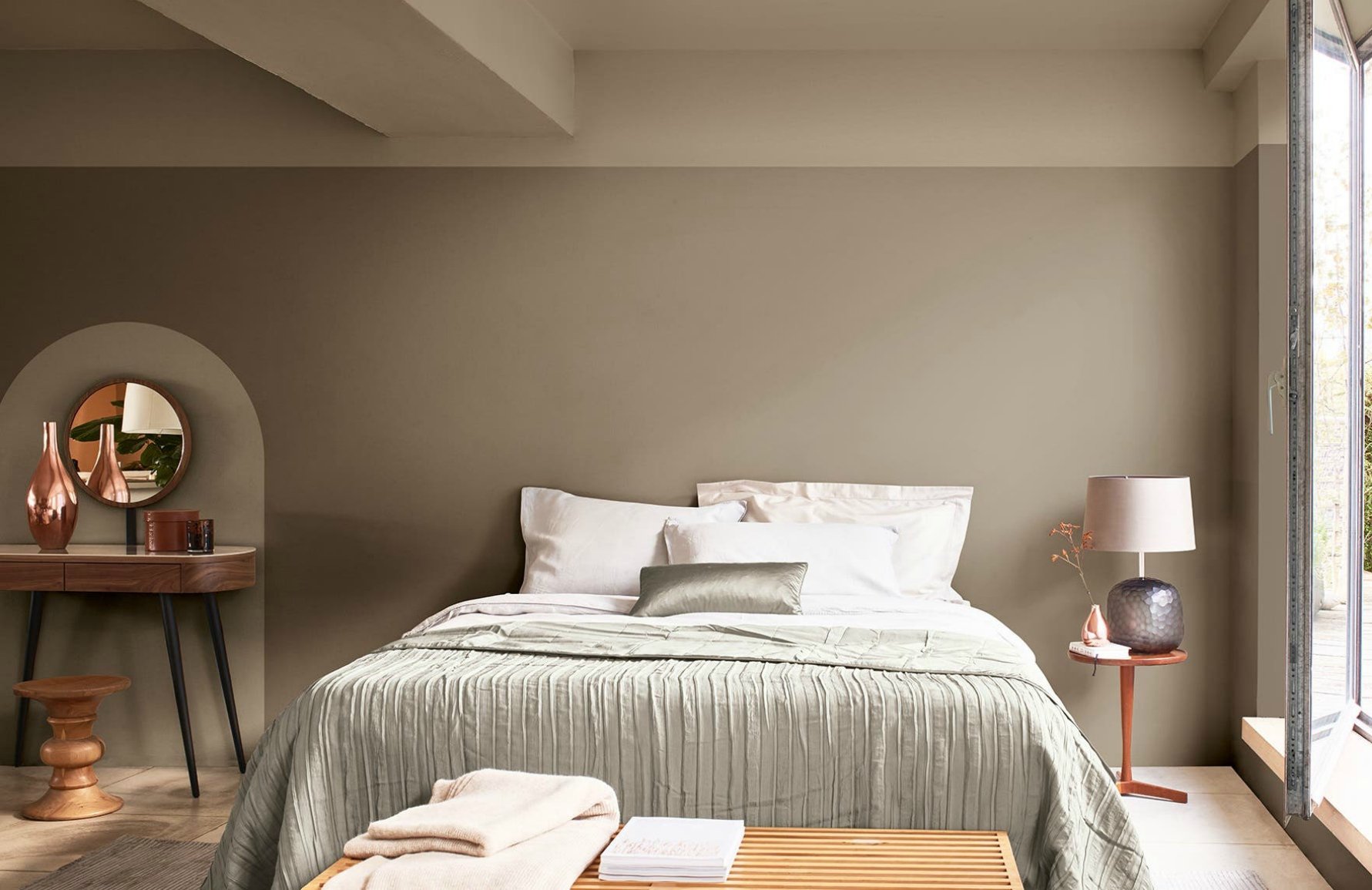
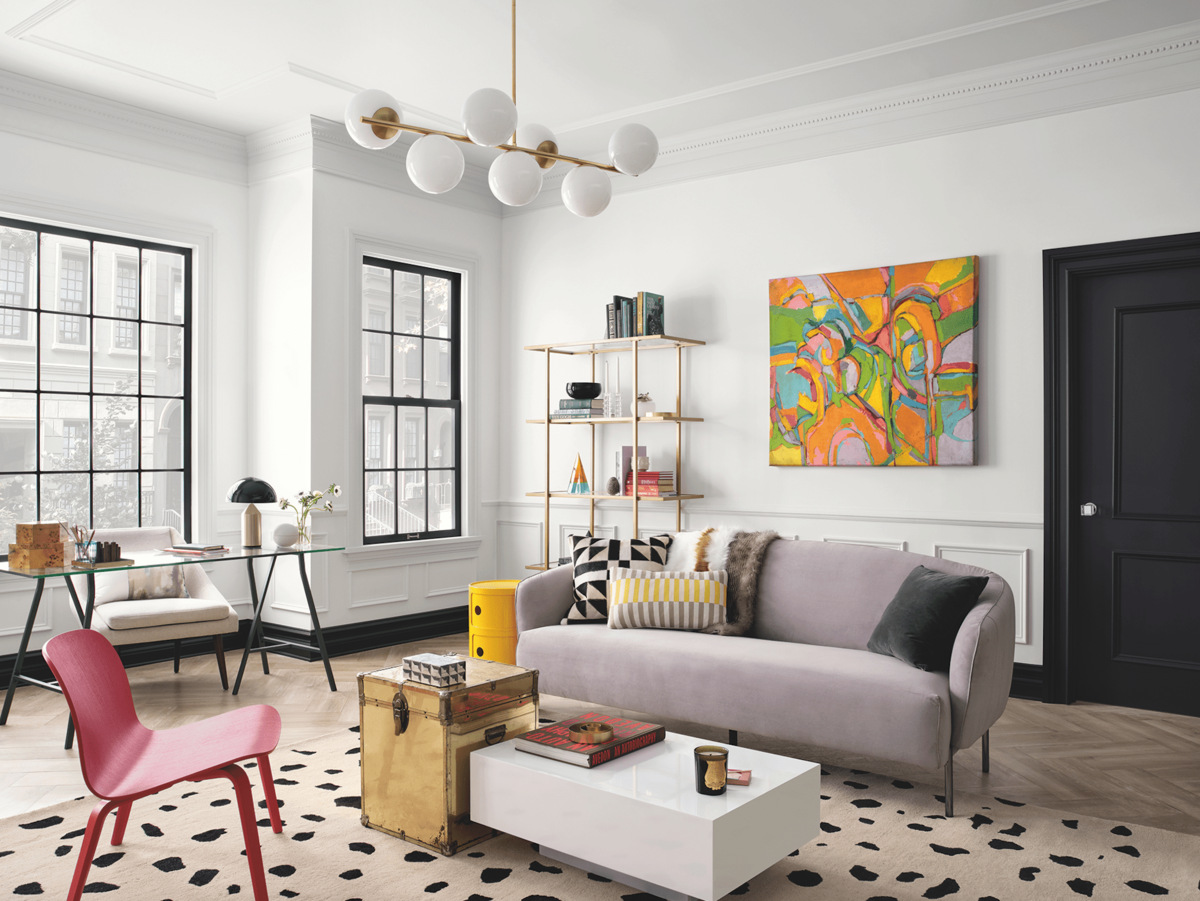

0 thoughts on “Decorating With Orange: How Best To Use This Vibrant Color”